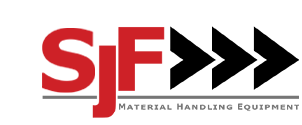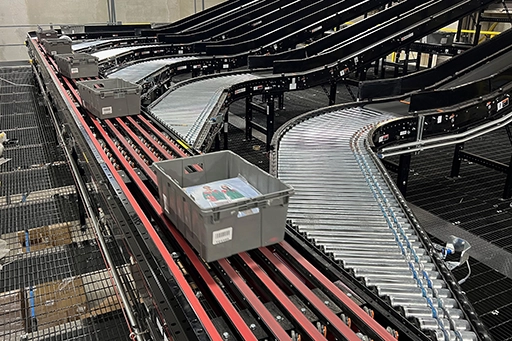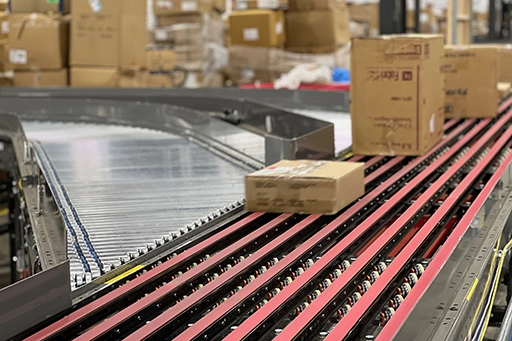Divert Systems Conveyor Overview
Diverting conveyors and divert systems automatically sort, direct, and route materials from one line of conveyor to another, so that materials are moved to the appropriate destination. By automating this process, a conveyor diverter system allows for a streamlined and organized flow of materials that is efficient and fast.
There are a large variety of processes that allow accurate diverting and sorting, including:
- Skewing of product
- Merge systems
- Photoelectric sensors
- Barcode readers
- Pop-up wheel sorters
- Sliding shoe sorters
- Narrow belt sorters (NBS)
- Cross belt sorters
Each process uses a different method to sort and direct items to the correct place.
The type of divert system that is best suited for a particular environment depends upon several factors, such as:
- Weight and size of items to be diverted
- Throughput requirements
- Conveyor speed
- Conditions of the location
- Budget







